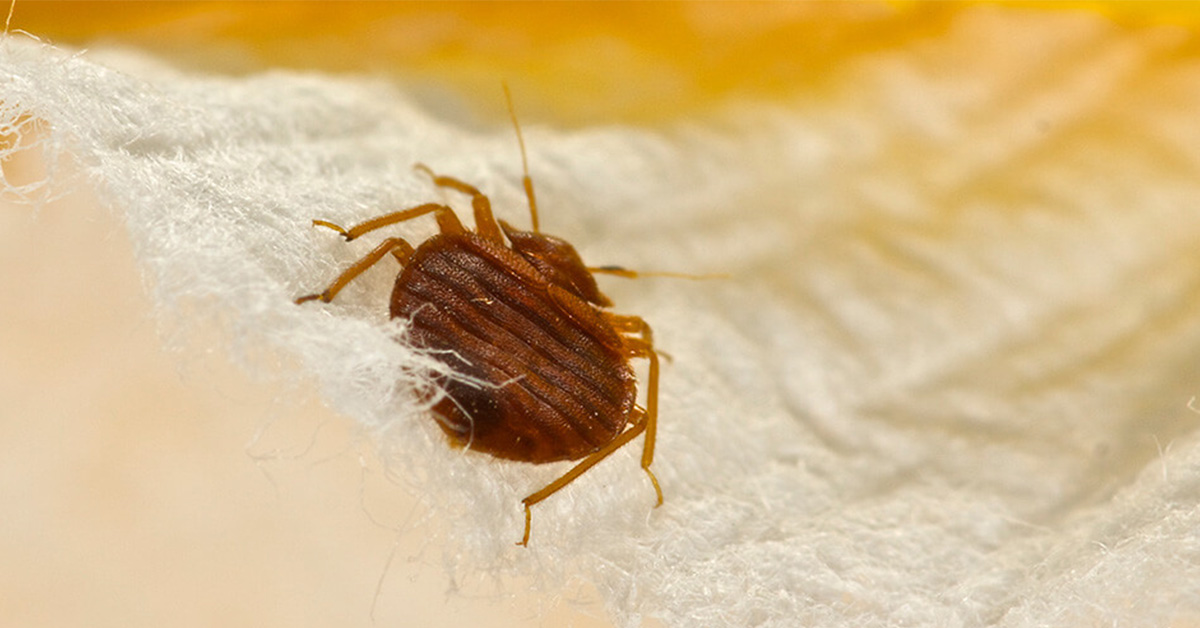Kinds Of Parasite Control: Which Technique Is Right for Your Infestation?
When confronted with an insect invasion, the option of a proper technique for parasite control is critical in efficiently managing the situation. From chemical therapies to biological remedies, there exists a variety of methods that can be employed to resolve different sorts of bugs. Each technique includes its own collection of benefits and factors to consider, making the decision-making procedure a nuanced one. Comprehending the subtleties of each approach and examining their compatibility with the details bug infestation available is essential for accomplishing lasting success in pest management. By checking out the numerous kinds of insect control techniques readily available, people can make informed decisions tailored to their distinct scenarios, ensuring a more efficient and lasting result in bug obliteration.
Chemical Insect Control
Chemical insect control involves using artificial or normally obtained chemicals to handle and eliminate pest populations properly. This approach is frequently used in agriculture, forestry, and household setups to deal with a variety of parasites, consisting of rodents, weeds, and pests. Making use of chemical pesticides can provide fast and targeted options to pest infestations, making it a popular selection for numerous people and services.
One of the essential benefits of chemical insect control is its ability to swiftly remove bugs, decreasing the risk of damage to plants, residential or commercial property, and human wellness. By using details chemicals that target particular parasites, this technique can properly manage problems while reducing injury to useful organisms and the atmosphere when used properly.
Nonetheless, the use of chemical bug control likewise raises issues concerning potential negative effects on non-target types, water resources, and human health. It is important to adhere to safety and security standards, use chemicals sensibly, and consider alternate parasite control methods to reduce these threats and ensure sustainable insect administration practices.
Biological Bug Control
Organic pest control, likewise called biocontrol, makes use of living microorganisms to minimize and take care of insect populaces normally. This approach uses the power of nature to control insects without the requirement for synthetic chemicals. Biocontrol can include the introduction of all-natural opponents of the bug varieties, such as bloodsuckers, killers, or microorganisms, to subdue parasite populaces. By utilizing the parasite's all-natural killers or microorganisms, organic bug control uses a sustainable and eco pleasant service to pest administration.

Mechanical Pest Control
Utilizing physical and hand-operated methods to handle parasite populaces, mechanical insect control uses a different approach that does not depend on the usage of living microorganisms or artificial chemicals. This method involves making use of barriers, catches, or various other tools to physically discourage or get rid of parasites. By obstructing pest entry factors or establishing catches to capture them, mechanical pest control can efficiently minimize problems without presenting chemicals into the setting.
One common instance of mechanical insect control is using mesh displays on doors and windows to stop bugs from going into buildings. This basic yet efficient technique functions as a physical obstacle, keeping insects out while allowing for proper ventilation. Additionally, devices like mousetraps, fly swatters, and ultrasonic repellents drop under the mechanical parasite control group.
While mechanical insect control methods can be labor-intensive and require normal surveillance and upkeep, they use a sustainable and eco-friendly service for managing parasite problems. By integrating different mechanical strategies, homeowner can develop a detailed insect control method that minimizes dependence on chemical pesticides.
Physical Bug Control

Some usual physical pest control techniques consist of using obstacles such as screens or internet to stop pest entry, traps to catch and get rid of parasites, and hand-picking to literally remove pests important source from plants or structures. Furthermore, methods like warm therapies can be utilized to regulate bugs like bed pests by elevating the temperature level to degrees that are dangerous to the pests.
Physical parasite control is particularly useful in integrated pest administration (IPM) approaches, where numerous insect control techniques are combined for effective insect administration while decreasing using chemicals. By utilizing physical parasite control strategies, people can properly attend to bug invasions with very little environmental impact.
Integrated Parasite Monitoring
When carrying out physical bug control techniques as part of pest monitoring methods, Integrated Insect Management (IPM) becomes a thorough technique that leverages different techniques to effectively regulate pest populations. IPM concentrates on lasting prevention of pests via a combination of biological, social, physical, and chemical tools customized to particular bug issues. By incorporating several control tactics, IPM intends to reduce the risks linked with insects while additionally minimizing reliance on chemical remedies.
One key facet of IPM is the emphasis on surveillance and evaluating pest populaces to identify one of the most proper control methods. This positive strategy enables very early intervention and targeted approaches, resulting in extra efficient bug management. Furthermore, IPM advertises environmentally pleasant practices by prioritizing non-chemical control approaches and only utilizing chemicals as a last resource.
Conclusion

By making use of the parasite's natural killers or microorganisms, biological bug control provides a sustainable and eco friendly remedy to pest administration. - Kings cincinnati pest control
Using physical and manual approaches to handle parasite populations, mechanical bug control offers an alternate strategy that does not rely on the usage of living microorganisms or synthetic chemicals.An efficient approach to handling bug populaces without relying on chemical or organic approaches includes the usage of physical parasite control methods.When implementing physical pest control techniques as component of pest management methods, Integrated Parasite Management (IPM) non toxic pest control emerges as a detailed strategy that leverages various techniques to successfully regulate pest populaces. Chemical pest control involves Home Page the use of pesticides, biological bug control makes use of all-natural killers, mechanical pest control involves physical barriers, physical insect control includes trapping or eliminating bugs, and incorporated pest management combines multiple techniques for an alternative strategy to pest control.